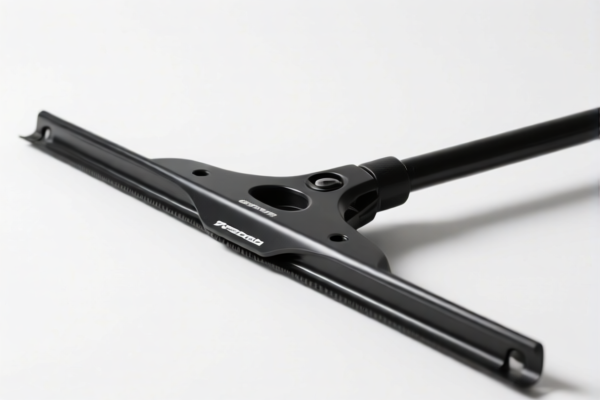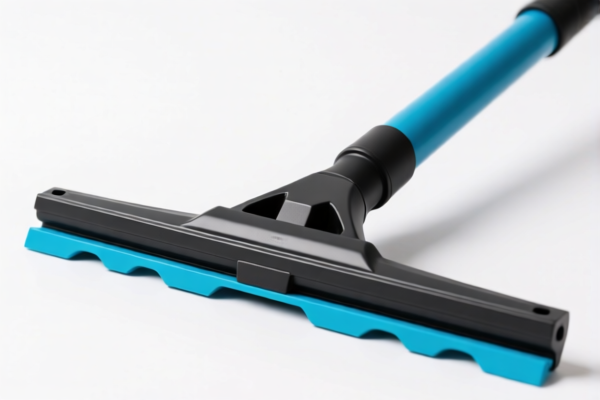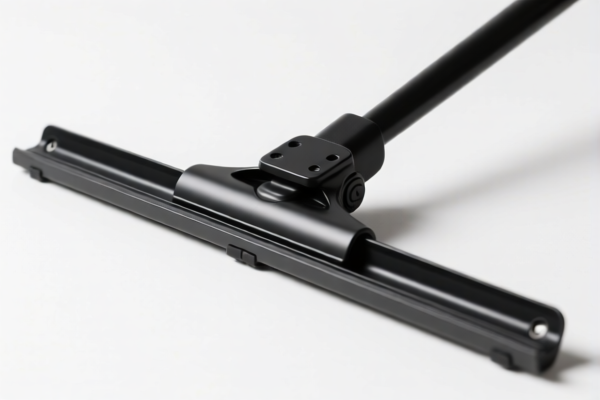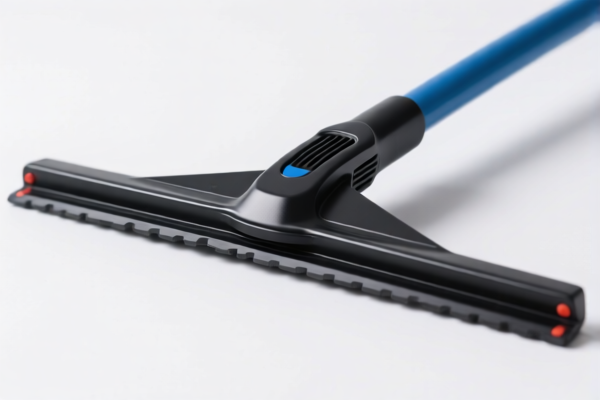| HS Code | Official Doc | Tariff Rate | Origin | Destination | Effective Date |
|---|---|---|---|---|---|
| 8512404000 | Doc | 57.5% | CN | US | 2025-05-12 |
| 4008210000 | Doc | 55.0% | CN | US | 2025-05-12 |
| 4008292000 | Doc | 57.9% | CN | US | 2025-05-12 |
| 4016996010 | Doc | 57.5% | CN | US | 2025-05-12 |




Wiper Blades
Wiper blades are a vital component of a vehicle’s windshield wiper system, responsible for clearing rain, snow, ice, and debris from a vehicle's windshield to maintain driver visibility.
Material
Wiper blades are constructed from several key materials:
- Rubber: Traditionally, natural rubber was used, but modern blades primarily utilize synthetic rubber compounds like silicone, neoprene, or a blend of polymers. Silicone blades offer longer lifespan and resistance to cracking and tearing, especially in extreme weather.
- Steel Spring: A flexible steel spring provides the necessary pressure to maintain consistent contact between the blade and the windshield.
- Plastic Frame: The frame, typically made of polypropylene or similar durable plastic, houses the spring and rubber element and connects to the wiper arm.
- Coating: Some blades include coatings (e.g., graphite, Teflon) to reduce friction and improve glide across the glass.
Purpose
The primary purpose of wiper blades is to ensure clear visibility for the driver in inclement weather. This directly contributes to vehicle safety by:
- Removing obstructions like rain, snow, ice, and road grime.
- Enabling effective use of windshield washer fluid.
- Maintaining optimal headlight performance (some vehicles have wiper blades for headlights).
Function
Wiper blades function through a combination of pressure, flexibility, and movement:
- Pressure: The steel spring applies consistent pressure, forcing the rubber blade against the windshield.
- Flexibility: The rubber element conforms to the curvature of the windshield, ensuring full contact.
- Movement: The wiper arm, connected to the vehicle's wiper motor, swings the blade across the windshield in a sweeping motion. The blade’s angle is designed to effectively push water and debris off the glass.
Usage Scenarios
Wiper blades are used in a variety of weather conditions:
- Rain: The most common use case, clearing rainwater to maintain visibility.
- Snow: Removing snow accumulation to allow for safe driving.
- Ice: Clearing ice buildup, often in conjunction with de-icing fluid.
- Road Debris: Removing dirt, dust, leaves, and other particles that obstruct the windshield.
- Washer Fluid Distribution: Spreading windshield washer fluid evenly across the glass for cleaning.
Common Types
Several types of wiper blades are available, each with its own characteristics:
- Conventional Blades: The most basic type, featuring a metal frame with rubber inserts. Generally the least expensive but also the shortest lifespan.
- Beam Blades: Feature a frameless design with a single, curved spring steel strip. Provide more consistent contact and improved performance in various weather conditions. Often more expensive than conventional blades.
- Hybrid Blades: Combine elements of both conventional and beam blades, offering a balance of performance and affordability.
- Winter Blades: Designed specifically for harsh winter conditions, with a heavier rubber compound and a protective boot to prevent ice buildup.
- Rear Blades: Smaller blades used on the rear window of vehicles, typically with a different attachment mechanism than front blades.
Wiper blades are electrical lighting or signaling equipment, or parts thereof, specifically designed for cycles or motor vehicles. They function as a vehicle component for clearing the windshield, ensuring visibility during adverse weather conditions.
The following HS codes are relevant:
-
8512404000: This code falls under Chapter 85 (Electrical machinery and equipment), Heading 8512 (Electrical lighting or signaling equipment), and Subheading 8512.40 (of a kind used for cycles or motor vehicles; parts thereof: Windshield wipers, defrosters and demisters: Windshield wipers). It specifically covers windshield wipers used for cycles or motor vehicles. The current tax rate is a base tariff of 2.5%, an additional tariff of 25.0%, and a 30% additional tariff after April 2, 2025, resulting in a total tariff of 57.5%.
-
4016996010: This code is categorized under Chapter 40 (Rubber and articles thereof), Heading 4016 (Other articles of vulcanized rubber other than hard rubber), and Subheading 4016.99 (Other: Other: Other: Other Mechanical articles for motor vehicles). This code applies to other mechanical articles made of vulcanized rubber for motor vehicles. The current tax rate is a base tariff of 2.5%, an additional tariff of 25.0%, and a 30% additional tariff after April 2, 2025, resulting in a total tariff of 57.5%.
Customer Reviews
No reviews yet.